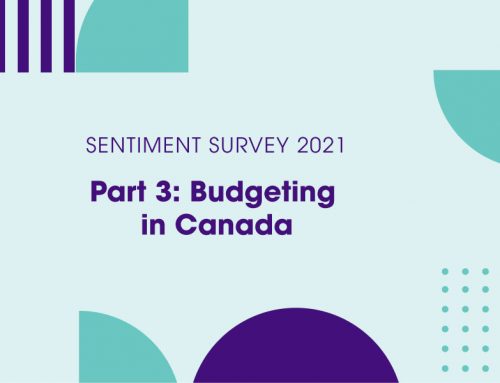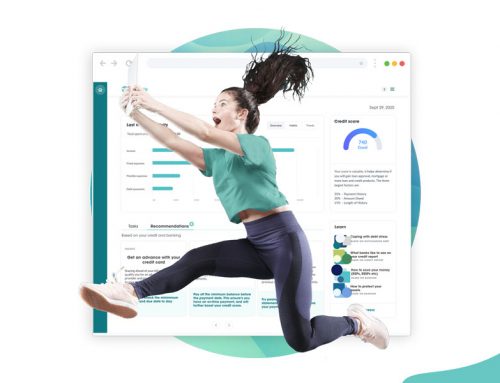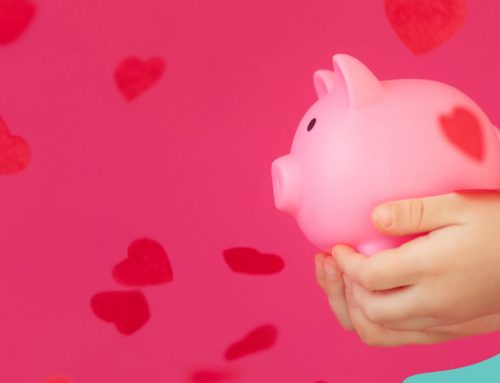Do you have an emergency fund? Being prepared for the unexpected, when it comes to your finances, is part of properly managing your money. Life is not linear and try as we might the future is not in our control. Emergencies come in many forms – job loss, medical expenses, vet bills, repairs to your home or vehicle – and often these things catch us off-guard and we are blind-sided.
Preparing an emergency fund will keep you from relying on credit cards or payday loans for which can simply compound the problem.
Many financial advisors suggest that an emergency fund should be between three to six months of living expenses. If you are not already using a budget spreadsheet to keep track of your expenses, your next step is to figure out what they are.
1. Determine Your Monthly Expenses
The calculation of what you can afford to put aside for emergencies will include your fixed and variable expenses, such as:
- Housing Expenses – rent/mortgage, utilities
- Personal Living Expenses – groceries, cell phone plan, allowance for personal purchases
- Transportation – fuel, taxi, transit
- Childcare – daycare, babysitting
- Healthcare – health insurance, dental insurance, chiropractic, etc.
- Insurance – life insurance, homeowner/renter’s insurance
- Debt Repayments – credit cards, student loans, vehicle loans
Once your monthly expenses have been calculated you will be in a better position to determine how much should be in your emergency fund.
2. Open a Savings Account
Opening a savings account is can either be done in person or online (with many financial institutions). Begin making small payments and gauge how your day-to-day is being affected. If you are not noticing a negative impact on your day-to-day, increase the amount. If you have salaried income, it may be more convenient to set-up an online automatic payment on payday to make the transfer for you. Do not be tempted by a higher interest account that may have restrictions on withdrawals. The point of an emergency fund is to be able to access these funds quickly and without penalty.
3. Let the Account Accumulate
Once your goal amount put aside, you have the choice to continue saving or transferring the difference into another account earmarked for saving or for a different long term goal. Remember, there is no such a thing as having too much savings!
Many people depend on credit cards to get them through financial emergencies. But if your credit cards are at their limit or you do not have any because of a bankruptcy or consumer proposal, then you are in a bad position financially. That is when an emergency fund can save the day, at least for a few months.
Some people have a problem with the thought of their money just sitting in a savings account and try to rationalize spending it.
Helen Siwak is Editor-in-Chief of BLUSHVancouver & EcoLuvLux Lifestyle Blog | Lifestyle contributor to Daily Hive (VancityBuzz) | West Coast contributor to Retail-Insider | contributing writer for Marble Financial.
About Marble Financial Inc. (CSE: MRBL; OTCQB: MRBLF). We are a group of forward-thinking financial technology experts that fully understand the benefits and drawbacks of credit in Canada. Marble helps Canadians rebuild their confidence to gain access to prime lending. Through our industry-leading proprietary technology solutions: Fast- Track, Score-Up, and Credit-Meds. Since 2016, Marble is proud to have empowered thousands of Canadians to a positive financial future. We continue to establish ourselves as leaders in financial wellness.






